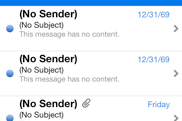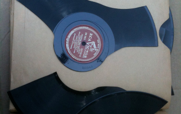 |
 |
Clockwise, from left:
|
 |
Abstract
In “The Rhetoric of Technology and the Electronic Writing Class,” Gail E. Hawisher and Cynthia L. Selfe bemoan the overtly positivistic reports of technology use in college classrooms, arguing that “writing instructors incorporate computers into their classes without the necessary scrutiny and careful planning that the use of any technology requires” (55), as “scant attention is paid . . . to the harmful ways in which computers can be used even by well-meaning teachers who want to create community and social awareness within their classrooms” (56). Thus, rather then trying new technology and seeing what sticks, Hawisher and Selfe ask that instructors critique the ways that technology can enhance learning environments.
This webtext aims to answer Selfe and Hawisher's call for careful critique, issued in 1991, by reporting upon the first year of an eportfolio pilot in the Honors College at CSU Los Angeles, as the available scholarship about administering eportfolios is scarce. While the university has a diversity of existing portfolio-based assessment mechanisms, ranging from paper-based composition portfolios to accreditation-driven ePortfolios, the administration agreed to couple an eportfolio pilot with a CMS pilot. The pilot projects, then, would address needs identified by the ad hoc Educational Technology Committee: assessment and incorporating technology in the classroom. The Future Implications of this webtext calls for an approach to administering eportfolios that includes five principles.
Continue to the Introduction